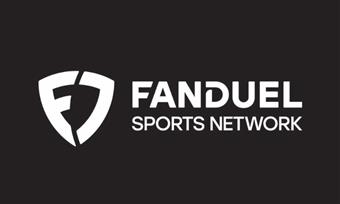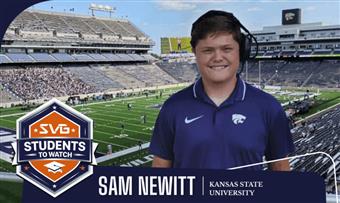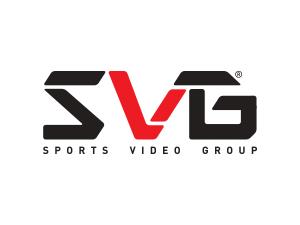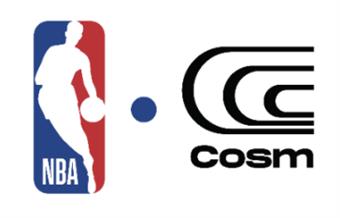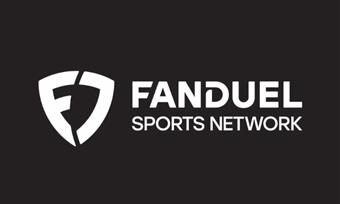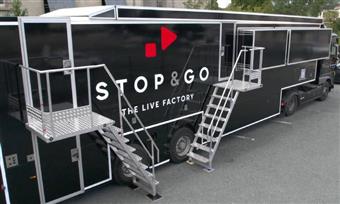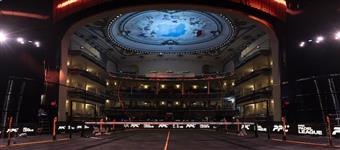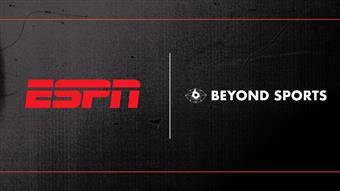 SVG Sit Down: E1 Founder/CEO Rodi Basso on the Future of E1 Series and Bringing the Action to LifeE1 Series, the raceboat series wraps its 2025 season in Miami this weekendBy Samantha Gabay, Digital Content and Social Media Manager
SVG Sit Down: E1 Founder/CEO Rodi Basso on the Future of E1 Series and Bringing the Action to LifeE1 Series, the raceboat series wraps its 2025 season in Miami this weekendBy Samantha Gabay, Digital Content and Social Media Manager Friday, November 7, 2025 - 2:32 pm
Print This Story | Subscribe
Story Highlights
Formed in autumn 2020, E1 Series, the all-electric raceboat Championship, is the first water sport of its kind, combining high-speed racing with environmental protection and sustainable practice. Created by Alejandro Agag, founder, Formula E and Extreme E; E1 founder and CEO Rodi Basso, former director, motorsport, McLaren; and Dr. Raffaele Chiulli, president, Union Internationale Motonautique (UIM), E1 is a nine-team organization, with sports and entertainment legends as team owners, traveling the world competing in the Championship .
In Miami for the E1 Miami GP, the finale of the 2025 season, E1 is rounding out the year with the UIM E1 World Championship presented by PIF, where winners from the past seven races compete for the title. E1 is the first organization to create a sport that maintains the excitement of live events while preserving the environment and ecological footprint of whichever city hosts the race.
SVG sat down with E1 founder and CEO Rodi Basso to talk about this season versus last year's inaugural season, how the broadcast team was able to capture an event like this with a minimal impact on the environment, and what the years ahead may hold.
How did E1 build its broadcast model, especially with the need to capture the speed of the power boats in a way that translates on TV and also across social media?
This is a very important part of our project, because, when you build a new sport, you have to make sure that all the ingredients are well-mixed: the rules, the sport format, and the way you produce your content. We tried to focus on a data-driven approach while using the most efficient tools that allow us to show the speed, the action as close as possible. We want to make it immersive, so that fans [onsite] are close to the action since they are maybe 10 meters from the shore and, at the same time, the people watching on YouTube or on TV feel like they are on the boat.
To achieve this, we have been using drones, which allows us to have an amazing perception of the speeds involved. On top of this, we have ground cameras capturing action, with a split remote and onsite production plan. Going forward, we are trying to tie in gaming, since the blur between virtual and reality is becoming thinner and thinner. We are working on a very innovative way of experiencing gaming that is merged into reality.
In terms of digital, particularly vertical videos, such as TikTok and Instagram, are you using a similar approach, or is it completely different from the traditional linear broadcast?
These days you need to have different approaches for different media since the technology itself is different. This requires us to be able to build tailored products for social media. Since we are so new, we started from a blank sheet - with a lot of experience but still from a blank sheet. We are adding and improving year by year, with the intention that this will also help brand awareness and the spread of our sport. On the virtual- and augmented-reality front, we have a very interesting application where we replicate the environment exactly venue by venue. This offers new opportunities in terms of content and inventory for partners in a different image.
A big part of the E1 viewing experience is that these events take place in coastal cities across the world. What are the biggest production and logistical challenges of broadcasting in these unique environments? What has your team done to tackle them head on?
A key factor is the stability and the bandwidth of our Wi-Fi communication. We often have to modify the Wi-Fi environment to gather all the data around the site. Since we have a live broadcast, we have to make sure we get the data in and processed in the shortest possible time to deliver it to the viewers.
How are the technology and broadcast tools different from those of other, more traditional motorsport coverage, especially the augmented- and virtual-reality component?
There are pros and cons to being an untraditional sports broadcast. One of the biggest pros is, we have a natural background, which is just amazing. In some places - such as Doha and Dubrovnik - we have been racing a few meters from a UNESCO site. Right in town and so close to the shore, the less we touch, the more we do our job. Which allows us to start off on a different page.
On the other hand, since we are in such a unique environment, it is a challenge to capture the perception of speed. For example, if you have clear reference points for the eyes, you immediately have the feeling of how fast it goes or how much it accelerates. But, when you have a blue flat surface with no references around, it is more difficult. Transferring the excitement, we find, is more difficult. This is why we use really close data sources, such as drones or rigs chasing the boats.
How are you balancing partnerships with traditional broadcasts with streamers or direct-to-consumer platforms to create a fanbase?
For both the broadcast styles, we need both. We have different deals and try to let them coexist because, everywhere in the world, there are different generations following different media. We look at all the generations with the particular folks in the new generation because we want to build fans of the future. In most of the countries, we are pretty free; some countries require exclusivity just around the race.
How does E1's expansion affect your media strategy and workflow production? Does this mean the future will include more on-air graphics, data integration, fan immersion, and so on? Where do yo






































